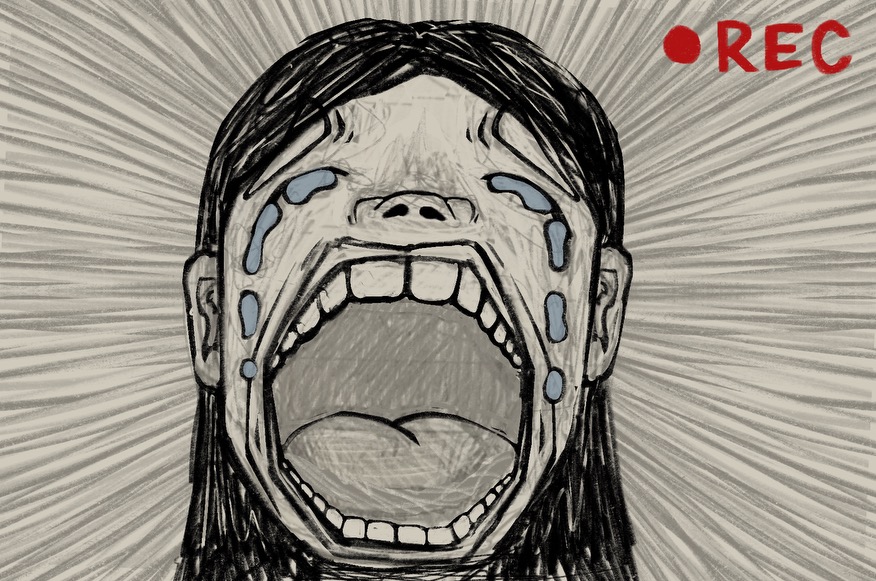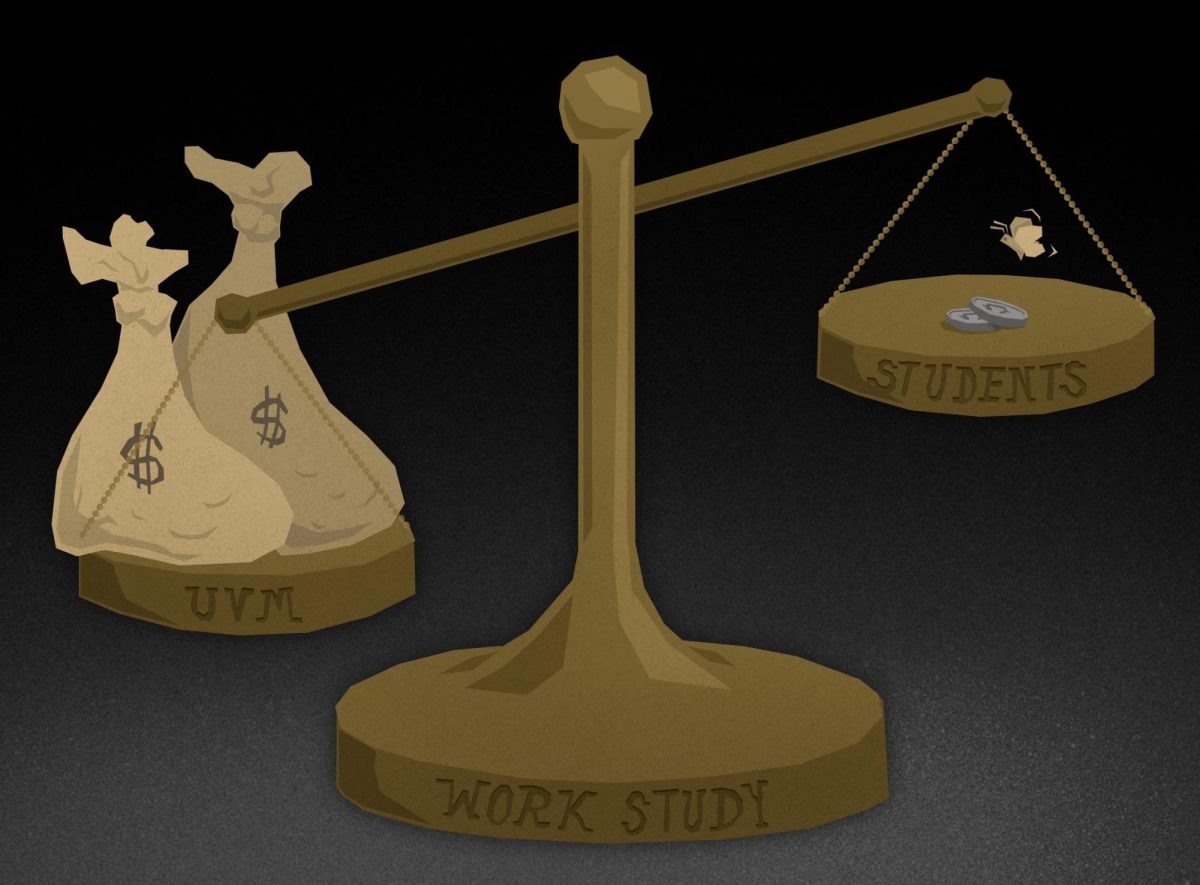Ever since the infamous family vlogger Ruby Franke pleaded guilty to abusing two of her six children, the use of children for social media content and influence has come under heightened scrutiny.
Franke’s case is unique, as she openly shared her abusive tendencies through her parenting advice blogs and family YouTube channel “8 Passengers,” according to a Dec. 18, 2023 article in The Guardian.
Despite this instance, it is rare for exploitation to be documented so thoroughly and unabashedly.
With over half of kids in the United States owning a smartphone by age 11, it is no surprise that social media has become a regular part of children and adolescents’ lives, whether it be behind or in front of the camera.
The heightened use of social media by minors has been a concern since these platforms arose. Oftentimes parents are unaware of who their children are communicating with and what information they are sharing with strangers online.
However, there are many protection options for parents who wish to limit their children’s access or use of social media, like the iPhone feature Screen Time, which allows parents to set daily limits or restrictions on the usage of apps.
Despite these tools, “kid-fluencers” have been gaining traction since the early 2010s, when a child’s social media became an avenue for brands to market to younger audiences, according to a Jan. 2023 Lawfluencers article.
Toy companies like Melissa & Doug are inviting children with social media followings to “influencer campaigns,” which includes monetary compensation and free toys in exchange for Instagram posts promoting the brand, according to a March 1, 2019 New York Times article.
There is one crucial difference between these “kid-fluencers” and other kids who are active on social media: their accounts are fully run, controlled and managed by their parents, usually their mother, according to a May 3, 2023 Edith Cowan University report.
This is only the tip of the iceberg regarding minors on social media.
Parent creator Sarah Adams was interviewed and explained why she is so unsettled by these accounts in a March 2022 Screenshot article.
“One: the exploitation of children for fame and financial gain, two: privacy and consent […] and three: the disregard, or lack of knowledge on the dangers/potential consequences,” Adams said.
The financial incentive for propelling your child into social media stardom is evident.
The Coogan Law, which protects a child’s earnings from entertainment, makes no mention of TikTok, Instagram or other various platforms children could be making an earning from, according to an Oct. 10, 2023 New York Times article.
Financial exploitation is not the only kind occurring here.
The FBI believes that over 500,000 online predators are active daily, with more than 50% of victims being between the ages of 12 and 15, according to a June 2, 2022 KOAA News article.
It is no surprise that the internet is a breeding ground for sexual predators seeking to groom or harass minors, due to the promise of anonymity and the lack of parental supervision on most social media.
These mommy-run accounts are notorious for using “clickbait” on their videos, which often manifests as their child posing inappropriately in a bathing suit, high heels or minimal clothing, according to a July 20, 2022 Medium article.
This is only amplified when parents cater their child’s social media market toward these groups, even going as far as selling photos of the child in bathing suits or where they are made up to look older, according to the same article.
It becomes no question when running a simple analysis of these profiles—the followership is made up primarily of men between the ages of 18 and 64. Even more disheartening, some accounts have a male audience of over 90%, according to a Nov. 2, 2022 New York Post article.
There are little protections in place against parents exploiting their children through social media.
As responsible users of social media, we need to push government action and legal provisions that will provide these children with professional and financial protection, according to a Feb. 23, 2021 Humanium article.
As the children who grew up in the internet and social media age, it is our responsibility to hold predators accountable on the platforms that we all use on a regular basis, or else we are at risk of being complacent in their abuse.









